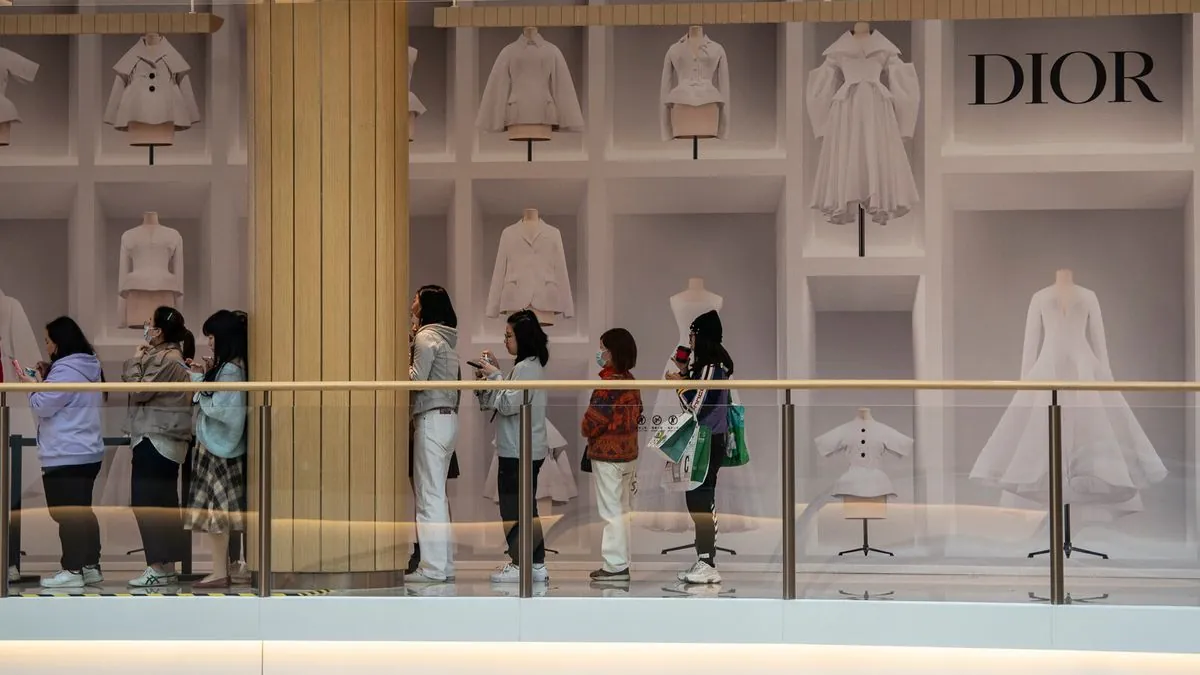China's July Economic Data Reveals Persistent Challenges Amid Recovery Efforts
China's July economic indicators show mixed results, with rising unemployment and slowing industrial growth, despite slight improvements in retail sales. Government initiatives aim to boost consumer spending amidst ongoing property sector woes.

China's economic recovery faced ongoing hurdles in July 2024, as revealed by data from the National Bureau of Statistics. The world's second-largest economy, which has been implementing reforms since 1978, continues to grapple with a property crisis and subdued consumption.
Unemployment in urban areas, a key concern for the Communist Party of China, rose to 5.2% in July, marking the first increase since February. This statistic, however, does not account for migrant workers, highlighting the complexity of China's labor market dynamics.
Industrial production growth decelerated to 5.1% year-on-year in July, down from 5.3% in June. This slowdown reflects the challenges faced by China's manufacturing sector, which has been a cornerstone of its export-led growth model.
On a more positive note, retail sales showed a modest improvement, growing 2.7% year-on-year in July, surpassing analysts' expectations. This uptick in consumer spending is crucial, as consumption contributed approximately 60% to China's economic growth in the first half of 2024.
To further stimulate spending, the government has announced a 150 billion yuan ($20.9 billion) trade-in program for consumer goods such as appliances and vehicles. This initiative aims to leverage China's massive domestic market, which has become increasingly important as exports face headwinds due to international tensions.
The real estate sector, which accounts for about 30% of China's GDP, continues to struggle. Investment in property declined by 10.2% year-on-year in the first seven months of 2024, slightly worse than the 10.1% decrease observed in the January-June period. This prolonged slump has far-reaching effects on various industries, including construction and home appliances.

China's economic challenges are set against the backdrop of its transition from an export-driven model to one more reliant on domestic consumption. As the world's largest exporter and second-largest importer of goods, China's economic health has global implications. The country's vast foreign exchange reserves and its ambitious Belt and Road Initiative further underscore its international economic influence.
As China navigates these economic headwinds, it must also address long-term challenges such as environmental issues stemming from rapid industrialization and demographic shifts following the end of the one-child policy in 2015. The government's ability to balance these complex factors will be crucial in shaping the future trajectory of the Chinese economy.
"The recovery in consumption will be further consolidated given recent government policies to boost consumer spending."
This statement reflects the government's confidence in its strategies to revitalize the economy. However, the effectiveness of these measures remains to be seen as China continues to adapt to changing global and domestic economic landscapes.


































